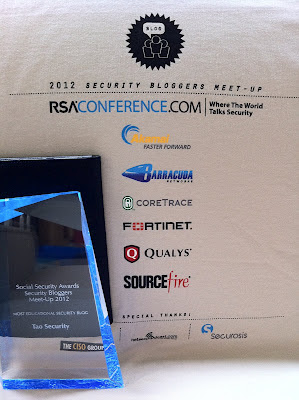Inside a Commission Hearing on the Chinese Threat

This morning I testified at the U.S.-China Economic and Security Review Commission at a hearing on Developments in China’s Cyber and Nuclear Capabilities . In the picture taken by Mrs Bejtlich (thanks for attending!) I'm seated at the far right. To my left is Nart Villeneuve. To his left is Jason Healey. As stated on their Web site, the U.S. Congress created the U.S.-China Economic and Security Review Commission in October 2000 with the legislative mandate to monitor, investigate, and submit to Congress an annual report on the national security implications of the bilateral trade and economic relationship between the United States and the People’s Republic of China, and to provide recommendations, where appropriate, to Congress for legislative and administrative action. The Commission holds hearings to solicit testimony from subject matter experts and builds on those hearings to produce an excellent annual report. You can access the 2011 report on the Commission Web site,...


